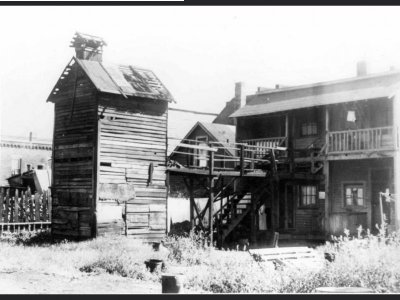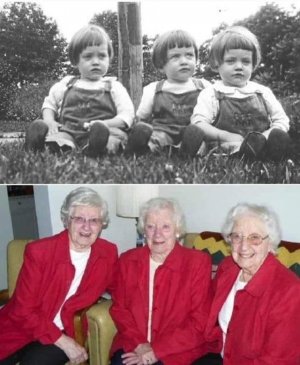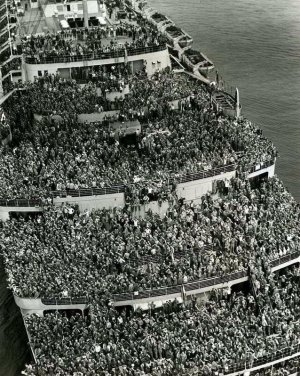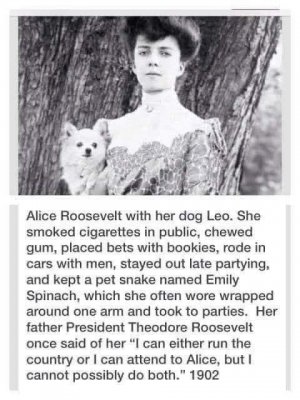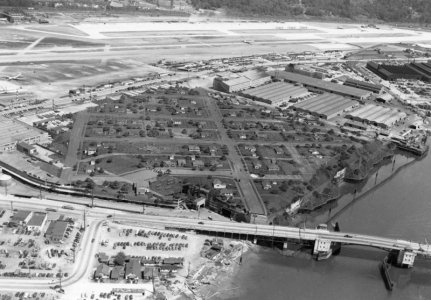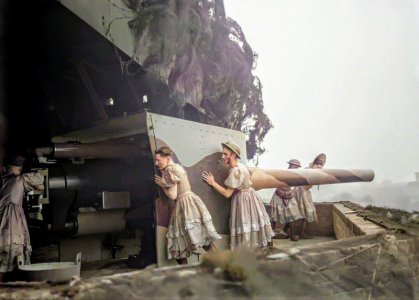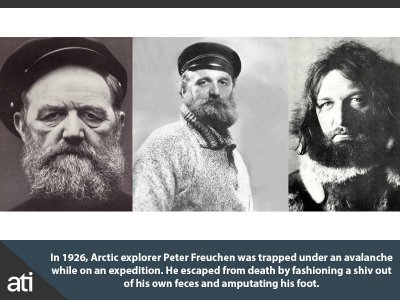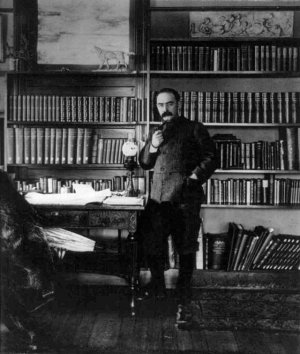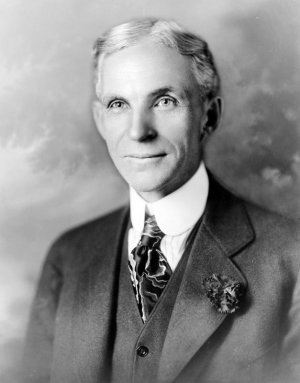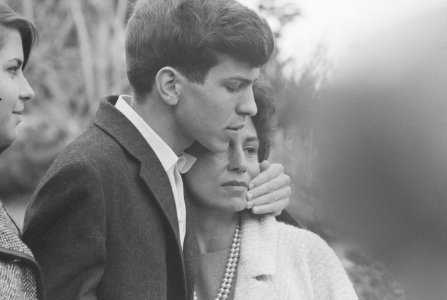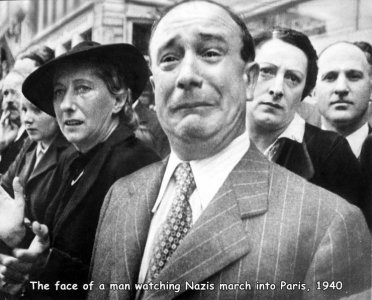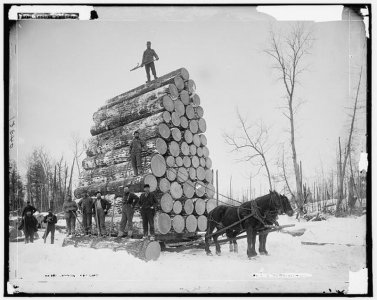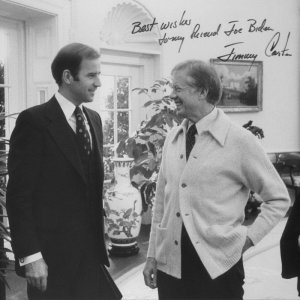You are using an out of date browser. It may not display this or other websites correctly.
You should upgrade or use an alternative browser.
You should upgrade or use an alternative browser.
History, anything goes, including pictures
- Thread starter mellowyellow
- Start date
mellowyellow
Well-known Member
Pappy
Living the Dream
mellowyellow
Well-known Member
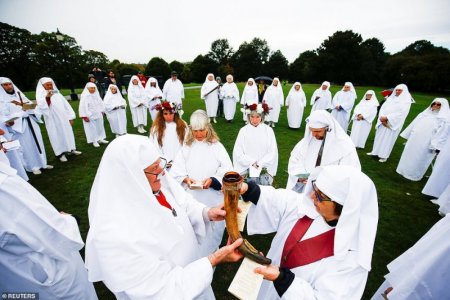
Members of The Druid Order celebrated the autumn equinox yesterday with a service to mark the arrival of the harvest. Photo: EPA
The group descended upon Primrose Hill, north west London near Chalk Farm Tube station, to hold their traditional annual ceremony - which dates back to 1717. Dressed in their traditional white robes, the procession of Druids head towards the top of the hill before forming into a circle and performing the ancient ceremony.
The autumn equinox, which normally occurs between September 22 and 24, is a brief event when the sun appears to shine directly over the equator, and daytime and nighttime are nearly equal lengths all around the world.
mellowyellow
Well-known Member
Queen Victoria and Prince Albert’s loving marriage was not without its tensions, his letters reveal
ALAMY

Angry letters from Prince Albert to Queen Victoria that their daughter tried to hide have been made available online. They reveal the couple had been arguing a month after Victoria had given birth to their eighth child in 1853.
Queen Victoria had accused Prince Albert of being unfeeling towards her. Albert said these accusations were “groundlessness and an injustice” and when he didn’t respond and remained silent, she became enraged and began to shout at him. When she asked him why he remained silent he said he believed it would have been rash to “reason with a person in a state of excitement” preferring the option of turning “a deaf ear” to her attacks.
He continued in the letter: “I have no choice but to leave you when I see the conversation taking this turn. I leave the room and retire to my own in order to give you time to recover yourself, then you follow me to renew the dispute and to have it all out.”
Writing of her wedding night, the Queen said: “My dearest dearest dear Albert . . . his excessive love & affection gave me feelings of heavenly love & happiness I never could have hoped to have felt before!.
ALAMY

Angry letters from Prince Albert to Queen Victoria that their daughter tried to hide have been made available online. They reveal the couple had been arguing a month after Victoria had given birth to their eighth child in 1853.
Queen Victoria had accused Prince Albert of being unfeeling towards her. Albert said these accusations were “groundlessness and an injustice” and when he didn’t respond and remained silent, she became enraged and began to shout at him. When she asked him why he remained silent he said he believed it would have been rash to “reason with a person in a state of excitement” preferring the option of turning “a deaf ear” to her attacks.
He continued in the letter: “I have no choice but to leave you when I see the conversation taking this turn. I leave the room and retire to my own in order to give you time to recover yourself, then you follow me to renew the dispute and to have it all out.”
Writing of her wedding night, the Queen said: “My dearest dearest dear Albert . . . his excessive love & affection gave me feelings of heavenly love & happiness I never could have hoped to have felt before!.
mellowyellow
Well-known Member
Queen Elizabeth and Queen Mary were used as troop transports during the Second World War. Their high speeds allowed them to outrun hazards, principally German U-boats, usually allowing them to travel without a convoy. Her carrying capacity was over 15,000 troops and over 900 crew. During her war service as a troopship, Queen Elizabeth carried more than 750,000 troops, and she also sailed some 500,000 miles (800,000 km).View attachment 185092
The liner "Queen Elizabeth" bringing American troops into NY Harbor at the end of WW II, 1945.
The voyage would take about 5-7 days on average to go from the East Coast of the US to the British Isles while bringing troops to Europe. It looks crowded because everyone is on deck as it is pulling into the harbor (look at the top of the picture).
mellowyellow
Well-known Member
mellowyellow
Well-known Member
mellowyellow
Well-known Member
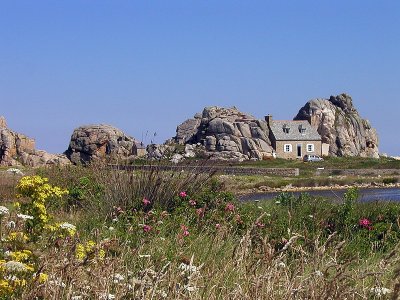
Castel Meur house on the Pointe du Château
Castel Meur, also known as La Maison du Gouffre or “the house between the rocks”, is a charming cottage wedged between two huge jagged rocks that has been drawing tourists to the otherwise quiet little village of Plougrescant, located in the department of Côtes-d'Armor in the region of Brittany, in France, since the 19th century.
The house has her back turned towards the sea, against which her owner sought to protect her by building the house in a cradle between the two rocks to shield her from the violent storms that frequent this place. The tiny house was built in 1861, at a time when building permits did not exist, where anyone could build at will. After the death of her original owner, Castel Meur served as the second home to the descendant's family who lived here sporadically. The current occupant, the granddaughter of the first master of the house, has lived here since 2004 after selling her business in America and returning back to her land. October 2014
mellowyellow
Well-known Member
mellowyellow
Well-known Member
mellowyellow
Well-known Member
mellowyellow
Well-known Member
mellowyellow
Well-known Member
mellowyellow
Well-known Member
mellowyellow
Well-known Member
mellowyellow
Well-known Member
Amazing how many don't know that Lincoln was a liberal.....
Why did the Democratic and Republican parties switch platforms?
https://www.livescience.com/34241-democratic-republican-parties-switch-platforms.html
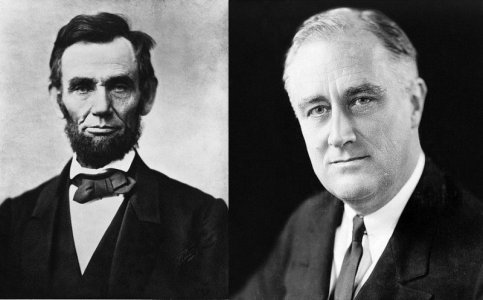
Why did the Democratic and Republican parties switch platforms?
https://www.livescience.com/34241-democratic-republican-parties-switch-platforms.html

Pappy
Living the Dream
Did you know outhouses in the past often had more than one story. Believe it or not, high-rise outhouses actually existed. Back in the old days, they had two-story hotels in towns so they would build two-story outhouses. On the upper floor, you’d go back in a little bit further than the outhouse below. Waste from above would fall down a shaft behind the first-floor loo’s wall, allowing for a seamless flow of sewage. This is a 1941 photograph of a two-story outhouse.
